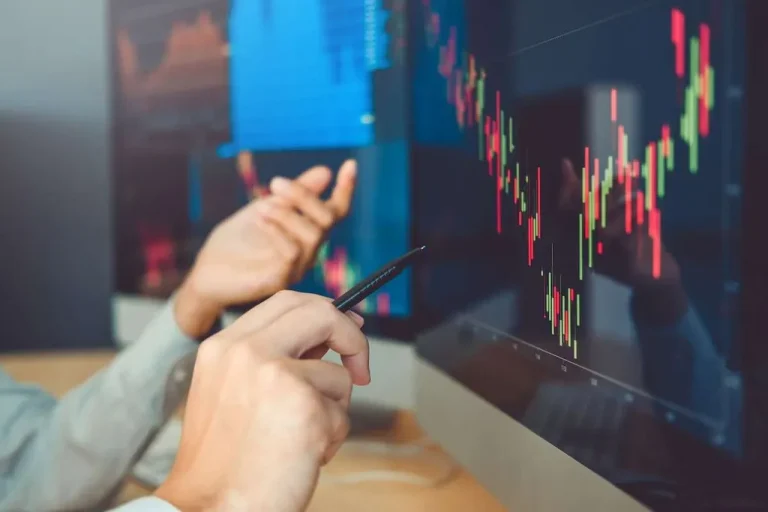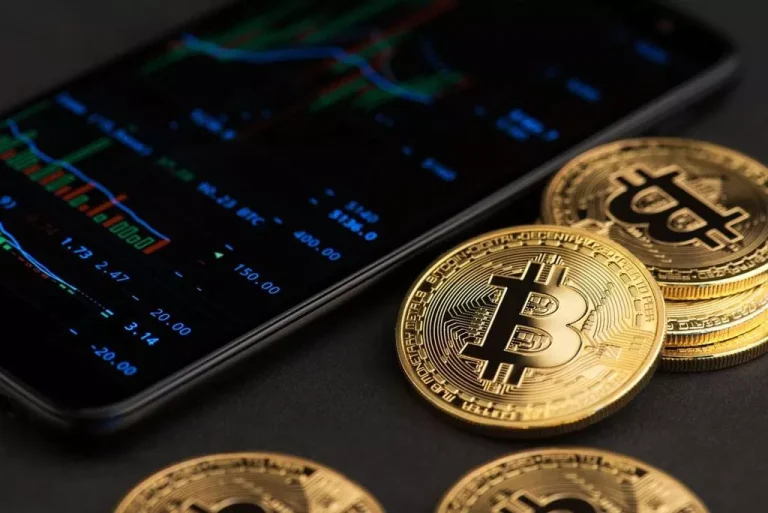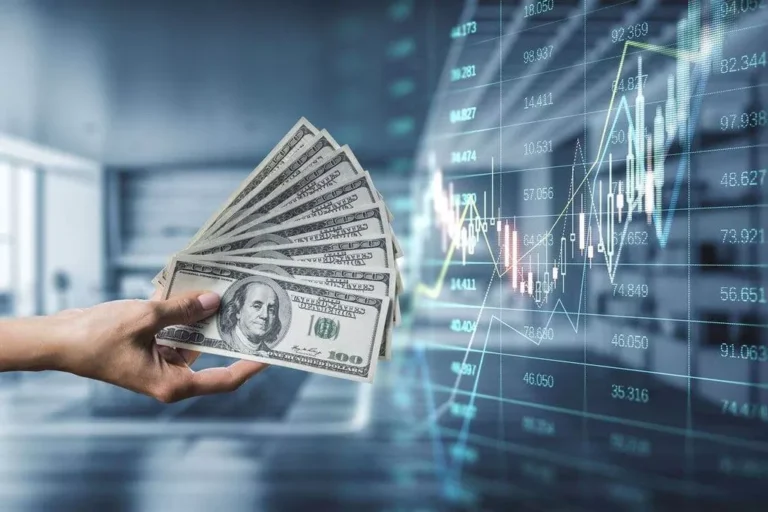Content
This allows these assets to participate in the DeFi ecosystem for activities such as lending, staking, and trading. This approach, which connects real-world assets with the blockchain world, is emerging as a key development direction in the Web3 ecosystem. Dappsfirm is a leading Real World Asset Tokenization development company that specializes in offering top-rated RWA tokenization Development services at a minimal budget. The company has developed a reputation for providing high-quality, efficient, what is rwa in crypto and scalable RWA tokenization solutions, enabling businesses and investors to unlock the potential of tokenized RWAs. Tokenization of real-world assets is the process of turning tangible or intangible assets into digital tokens that are kept on a blockchain.
- Tokenization enabled by blockchain technology has made it possible to divide your property into shares, which gives the right of fractional ownership to their buyers.
- We are a top-tier web & mobile app development company that designs cutting-edge IT Solutions tailored to unique needs and conquers all market challenges.
- From Web3 and blockchain to GenAI and beyond, we offer the enterprise-grade solutions you need to innovate and succeed in the evolving crypto landscape.
- The real world asset tokenization sector is flourishing rapidly due to its distinctive advantages and prospects for non-fungible asset owners.
- Asset tokenization opens doors to global investors, breaking down geographical barriers and expanding market reach.
- Increased transparency not only enhances accountability but also contributes to the credibility of asset tokenization in the eyes of market participants and regulators alike.
- Finally, real-world asset tokenization based on blockchain development is an important moment in finance and ownership.
Acurast is building the future of decentralized cloud and confidential AI
Blockchain development ensures transparency, immutability, and security, while smart contracts automate the execution of https://www.xcritical.com/ predefined rules. Tokenization extends beyond cryptocurrencies, transforming assets like real estate and art into easily tradable digital assets. It not only enhances market accessibility but also introduces a more efficient, transparent, and inclusive way of managing and trading assets. The evolution of asset tokenization in the blockchain development company reflects a transformative journey from conceptual inception to widespread adoption. Initially emerging as a novel idea, it gained momentum as blockchain technology matured. The shift was spurred by a growing recognition of the potential to democratize finance, making traditionally exclusive assets accessible to a broader audience.
Interexy’s Expertise in RWA Tokenization Development
Establishing a robust business model is crucial when joining the token development market. It is critical to clearly identify how tokens will be used inside your ecosystem, whether as a utility or a security, as well as comprehend the economic incentives for token holders. Assessing tokenomics’ feasibility assures alignment with corporate objectives, user engagement, and long-term sustainability. A well-defined business model establishes the foundation for a successful token development economy. Combining AI with blockchain can enhance Proof of personhood the management and valuation of tokenized assets, providing more accurate and real-time insights. By using tokenized RWAs as collateral, individuals and businesses can access loans without liquidating their assets.
The Current State of Onchain Finance
Real-world asset tokenization is referred to as the “the next generation for markets”. This article dwells on the notion of RWA tokenization, its use cases, and benefits and breaks down the tokenization process. The DAMAC Group is the multi-billion-dollar business conglomerate of UAE based Hussain Sajwani. The Group’s investments are divided into seven core areas; real estate, capital markets, hotels & resorts, manufacturing, catering, high-end fashion and data centres. This marks a significant milestone in the adoption of blockchain technology in the real estate and investment sectors.
DeFi Interest in Tokenizing Real-World Assets
Blockchain’s transparency facilitates acceptance to regulatory frameworks, providing a clear audit trail of transactions and ownership. This proactive approach not only minimizes the risk of legal issues but also fosters trust among regulators and participants. Navigating jurisdiction-specific regulations is important, and tokenization blockchain platforms must prioritize compliance to build a sustainable and legally sound ecosystem for the issuance and trading of tokenized assets. Tokenizing real-world assets is transforming the financial sector by connecting traditional assets with blockchain technology.
This presents an excellent chance to diversify investment portfolios and venture into specialized niches that typically have high entry thresholds, making them inaccessible to retail investors with limited budgets. IBM Food Trust is a blockchain-based platform used by companies like Walmart and Kroger to track the journey of food products from farm to fork. This transparency helps ensure food safety and prevent outbreaks of foodborne illness.
For example, an expensive real estate property can be tokenized, allowing investors to buy fractions of the property instead of the entire asset. Tokenization can apply to various assets, including real estate, stocks, bonds, and precious metals. The tokenization process starts with digital token development on a blockchain development company, using standards like ERC-20 token development or Ethereum token development. Smart contracts automate asset management, including dividend distribution and ownership transfers. Asset backing insures the tokens are tied to tangible assets, and redemption processes allow change back to the underlying assets, providing liquidity. This systematic implementation insures transparency, efficiency, and compliance in the token development journey.

They are directly tethered to tangible or intangible assets, such as gold, commodities, real estate, or intellectual property, providing a bridge between physical value and digital markets. Since more projects aim to tokenize a wide range of assets, including currency, commodities, real estate, and much more, tokenized RWAs are a developing market niche in the digital asset business. Thus, it’s time for all early adopters and forward-looking investors to take a closer look at the tokenization of real world assets and embrace this unique business opportunity at the grassroots level. In this article, I will walk you through the tokenization process and explain how you can tokenize vital business assets and reap immense business benefits from this decision. This process, called tokenization, converts the value of an asset into digital tokens on a blockchain. For example, a real estate property worth millions can be divided into 1,000 tokens, each representing ,000 of ownership.
DeFi, as of writing, has over $47B in total value locked ($180B at its peak), daily trading volumes in the billions of dollars, and daily revenue generation in the millions of dollars. Real-world assets often need to be tokenized aimed at satisfying a number of regulations starting with securities laws. You will need to talk to a legal professional to determine how your token will fit in with the legal framework of the state/ country. Certain jurisdictions will prescribe that the tokenized assets have to go face a level of audits, reporting or even registration with the regulators. Creating ERC20 tokens for real-world asset tokenization involves a series of well-defined steps.
This not only provides immediate liquidity but also retains the ownership and potential appreciation of the underlying assets. As the blockchain ecosystem continues to evolve, the future of Real-World Assets (RWAs) looks increasingly promising. Several key trends and innovations are set to shape the landscape of RWA tokenization, transforming how we perceive and interact with tangible assets. Whether it’s a large office building or an expensive collectible, it can still be a source of liquid capital for you. Tokenization enabled by blockchain technology has made it possible to divide your property into shares, which gives the right of fractional ownership to their buyers. This way, you can still be the owner of your asset by holding 51% of the tokens and get 49% of its price back for circulation and everyday business use.

Centrifuge is a platform for tokenizing real-world assets on-chain, offering a decentralized asset financing protocol. Large asset management companies like BlackRock and Fidelity began experimenting with tokenization to manage parts of their asset portfolios, enhancing liquidity and transparency. The U.S. Securities and Exchange Commission (SEC) and the European Securities and Markets Authority (ESMA) also started to intervene, working on regulatory frameworks for RWA.

Imagine owning a piece of the Eiffel Tower, a rare painting, or even a fancy vineyard – all from your phone! 4IRE has been at the grassroots of blockchain technology adoption and has a huge experience in the field of tokenization. So, we’re ready to offer hands-on experience and a diverse tech stack to make your project a success.
In traditional financial markets, fiat currency is itself a real-world asset (RWA), maintaining its value through reserve and regulatory mechanisms. Tether links the value of USDT directly to real-world assets denominated in US dollars, which significantly enhances USDT’s stability while providing a relatively secure environment for the introduction and use of RWAs. Navigating jurisdictional regulations is important in the complex landscape of asset tokenization.
Details of which DAMAC properties will be tokenized and specifications of the offerings will be announced in the coming weeks, a MANTRA spokesperson told CoinDesk. Ongoing management and compliance are necessary to ensuring the long-term success of your tokens. Despite the strong narrative and potential of the RWA sector, the uncertainty around its compliance means that caution is necessary when investing in related projects, with a readiness to manage potential risks. In terms of technical architecture, BUIDL may not be as innovative as other projects.
دیدگاه شما